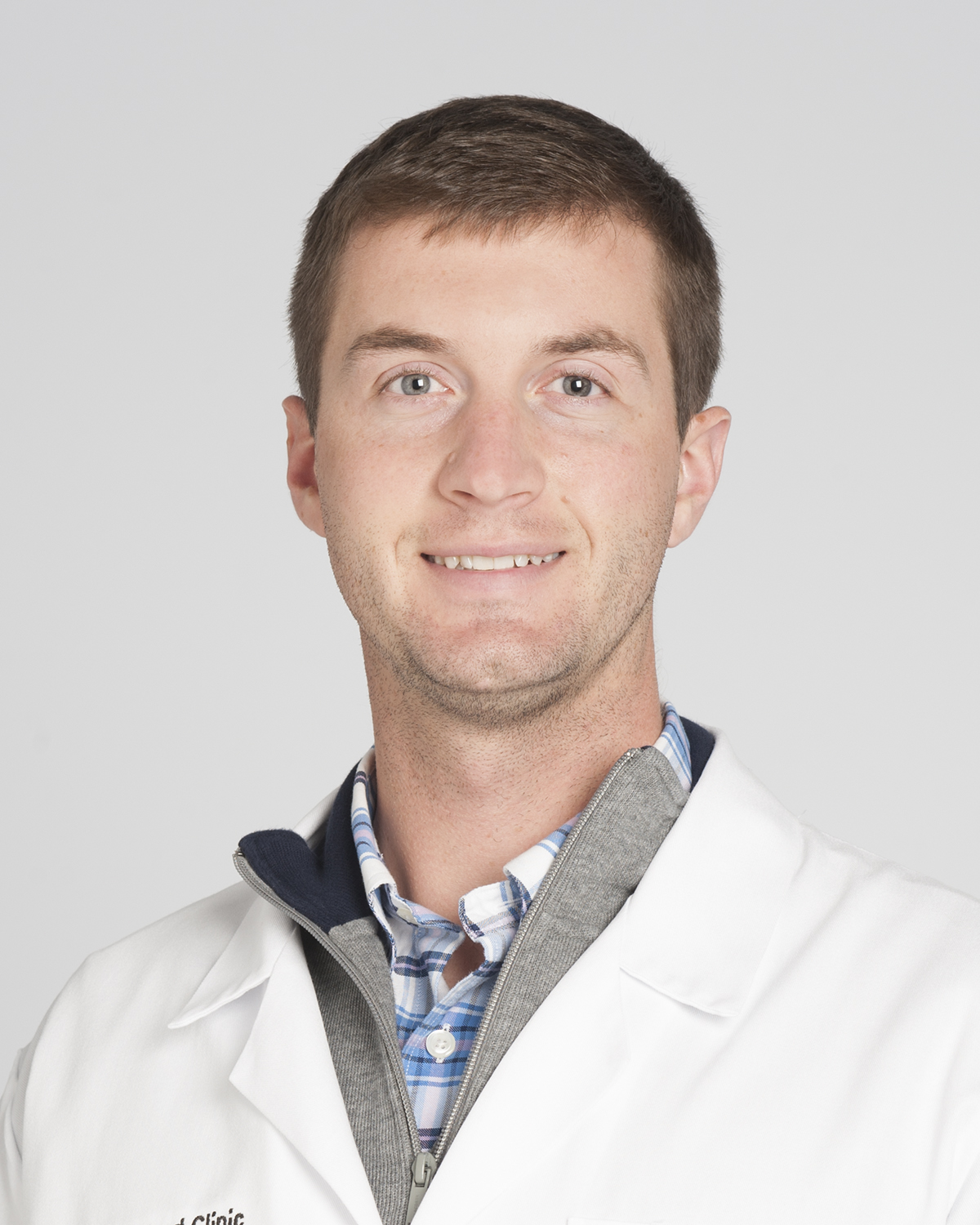Chase Haddix - Biomedical Engineer
Welcome to my page! Here, I aim to do three things:
- Educate on all things space, engineering, and neuroscience
- Tell a little about myself
- Showcase my research projects and work experiences
Use the tabs at the top to navigate to the different pages. Please don’t hesitate to reach out using the links on the left.
Enjoy!
First off, what is neural engineering?

Think about how you are able to scroll down this page. What controls your muscles? To extend this even further, what controls your desire to scroll down this page? The answer is the nervous system - the complex network involving your brain, spinal cord, and peripheral nerves.
Neural engineering, a subfield of biomedical engineering, seeks to to understand, repair, replace, or enhance these neural systems with technological innovation. This interdisciplinary research area encompasses techniques from electrical engineering, chemical engineering, mechanical engineering, and neurosciences to improve neurological function and quality of life.
Why would anyone want to be a “nervous system engineer”?
From the definition above, it becomes clear you must have a strong background in many different areas to be a successful engineer. This requires a tough courseload in college. But, it can be higly rewarding. Biomedical engineering has consistently been rated among the top jobs for growth, pay, and satisfaction and neural engineering is no exception. The combination of how much there is still to learn about the nervous system coupled with the rate of technological advancements means this burgeoning field will certainly grow for decades to come.
By developing technologies that can measure and manipulate brain activity with high spatial and temporal resolution, neuroscientists can study the neural basis of various cognitive and motor functions and gain insights into how the brain works. This knowledge can help to develop new treatments for neurological disorders and improve our understanding of the human brain.
It is an exciting prospect to be at a forefront of medical innovation and improvement of outcomes for diseases and disorders that have long been considered permanently debilitating. If you have any questions about this field, please reach out to me and I’d be happy to discuss further!
My story
My journey from curious young student to emergent research engineer involved many steps along the way. I learned early on that a solid foundation in science and mathematics would be crucial for success inside and outside the classroom. But even more important is a passion. My biomedical engineering studies took me Purdue University and then to graduate school at the University of Kentucky. During that time, my formal studies were complemented with internships focused on biotechnology, cutting-edge research, and pioneering rehabilitation projects.
Now, I am Postdoctoral Fellow in Brain-Machine Interfaces in the department of Neurosciences at the Cleveland Clinic. Our mission is to combat movement disorders by decoding brain intent and reanimating paralyzed limbs. More on this in the Blog section!

